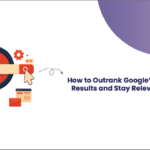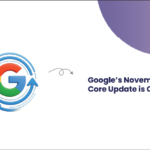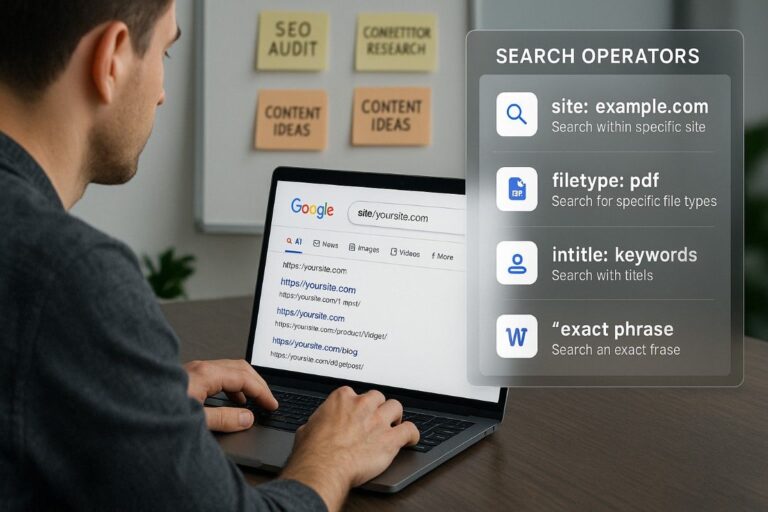Introduction
In today’s competitive digital landscape, everything is about visibility. While millions of businesses are knocking on the doors of viewers via the internet, visibility in the Search Engine Results Pages-SERPs is the key. Here, SEM offers a strong methodology to get that visibility by coupling paid advertising with comprehensive targeting for traffic and conversions.
This blog is optimized to provide a comprehensive understanding of SEM. Whether you’re a small business owner or a marketing professional, you’ll learn how SEM works, its key components, and how it can benefit your business. We’ll also discuss the tools and steps needed to get started and explore how partnering with an internet marketing agency can amplify your efforts.
What is SEM?
SEM (Search Engine Marketing) is a digital marketing activity that focuses on the development of a website’s visibility in SERPs through paid advertising. As opposed to SEO, which develops organic rankings over time, SEM uses various paid means, such as Pay-Per-Click (PPC) advertising campaigns to build immediate effects.
Components of SEM
- PPC Ads: Paid advertisements displayed on search engines.
- Cost-Per-Click (CPC): The amount advertisers pay for each click on their ads.
- Display Ads: Visual ads that appear on websites in the Google Display Network.
Key Components of SEM
1. Keywords
Keyword research is the cornerstone of SEM. Identifying the right keywords ensures your ads appear in front of users actively searching for your products or services.
Pro Tip: Use tools like Google Keyword Planner or SEMrush to find high-performing keywords relevant to your business.
2. Ad Auctions
SEM platforms like Google Ads use ad auctions to determine which ads are displayed and in what order. The process involves:
- Bidding: Setting the maximum amount you’re willing to pay per click.
- Ad Quality: Higher-quality ads often rank better, even with lower bids.
3. Performance Metrics
Tracking key metrics ensures the success of your SEM campaigns:
- Click-Through Rate (CTR): The percentage of users who click on your ad after seeing it.
- Conversion Rate: The percentage of clicks that lead to a desired action, such as a purchase or sign-up.
Who Can Benefit Most from SEM?
1. Small and Medium-Sized Enterprises (SMEs)
SEM levels the playing field for SMEs, enabling them to compete with larger companies by targeting niche markets or local audiences.
2. E-commerce Businesses
For online stores, SEM can drive immediate traffic and boost sales. Features like shopping ads and retargeting make it easier to convert users already interested in your products.
3. Service-Based Businesses
Local service providers, such as plumbers or consultants, can use SEM to attract clients searching for specific services in their area.
Benefits of SEM for Businesses
1. Enhanced Visibility
SEM places your business at the top of search results to make sure potential customers see you first. This is incredibly important in super-competitive industries or for running time-sensitive campaigns.
2. Increased Traffic and Conversions
By targeting users with high purchase intent, SEM drives quality traffic more likely to convert. Whereas other advertising methods might not always reach people who are actively searching for your offerings, SEM does just that.
3. Measurable Results
With detailed performance metrics, SEM allows you to track ROI, optimize campaigns, and make data-driven decisions to maximize your marketing budget.
How to Get Started with SEM
1. Set Clear Goals
Define what you want to achieve through SEM, whether it is increasing website traffic, generating leads, or improving sales. Having clear goals will help you formulate your strategy and determine your budget allocation.
2. Choose a Platform
Start with platforms like Google Ads or Bing Ads. These offer robust tools and access to large audiences.
3. Budget Wisely
Set a realistic budget based on your goals. Consider starting small, monitoring performance, and scaling up as needed.
Tools and Resources for SEM Success
Keyword Research Tools
- Google Keyword Planner: Free tool for finding keywords and estimating traffic.
- SEMrush: Comprehensive platform for keyword research, competitor analysis, and campaign tracking.
Performance Tracking Tools
- Google Analytics: Essential for tracking user behavior, conversions, and overall campaign performance.
- Google Ads Dashboard: Provides insights into ad performance, including CTR, impressions, and CPC.
Conclusion
SEM (Search Engine Marketing) is a multi-faceted and effectual tool for any business, meant to bring instantaneous results in a highly competitive market. Targeting the right audience and using precise analytics will help drive growth and enhance ROI.
If your firm is new to SEM or wants to optimize an existing strategy, then consulting with SEM service providers would be a great idea. By implementing an effective SEM strategy, your business goals can be achieved in less time.









Leave a Comment
Surya Prakash
Hi, I’m Surya Prakash — a digital marketing strategist and founder of SalesNanny. I help startups and digital-first brands grow online using a mix of SEO, AEO, content marketing, and brand storytelling. At SalesNanny, I lead strategy across organic marketing, branding, and sales funnels, blending data and creativity to build results-driven systems. I believe in sustainable growth — not hacks — and focus on content that truly helps users. I stay updated with AI trends, voice search, and Google algorithm changes so our clients always stay ahead. Outside work, I explore herbal wellness and experiment with tools that simplify marketing. You can follow my blog insights here where I break down complex marketing topics into simple, useful ideas.
Comments
No comments yet. Be the first to comment!